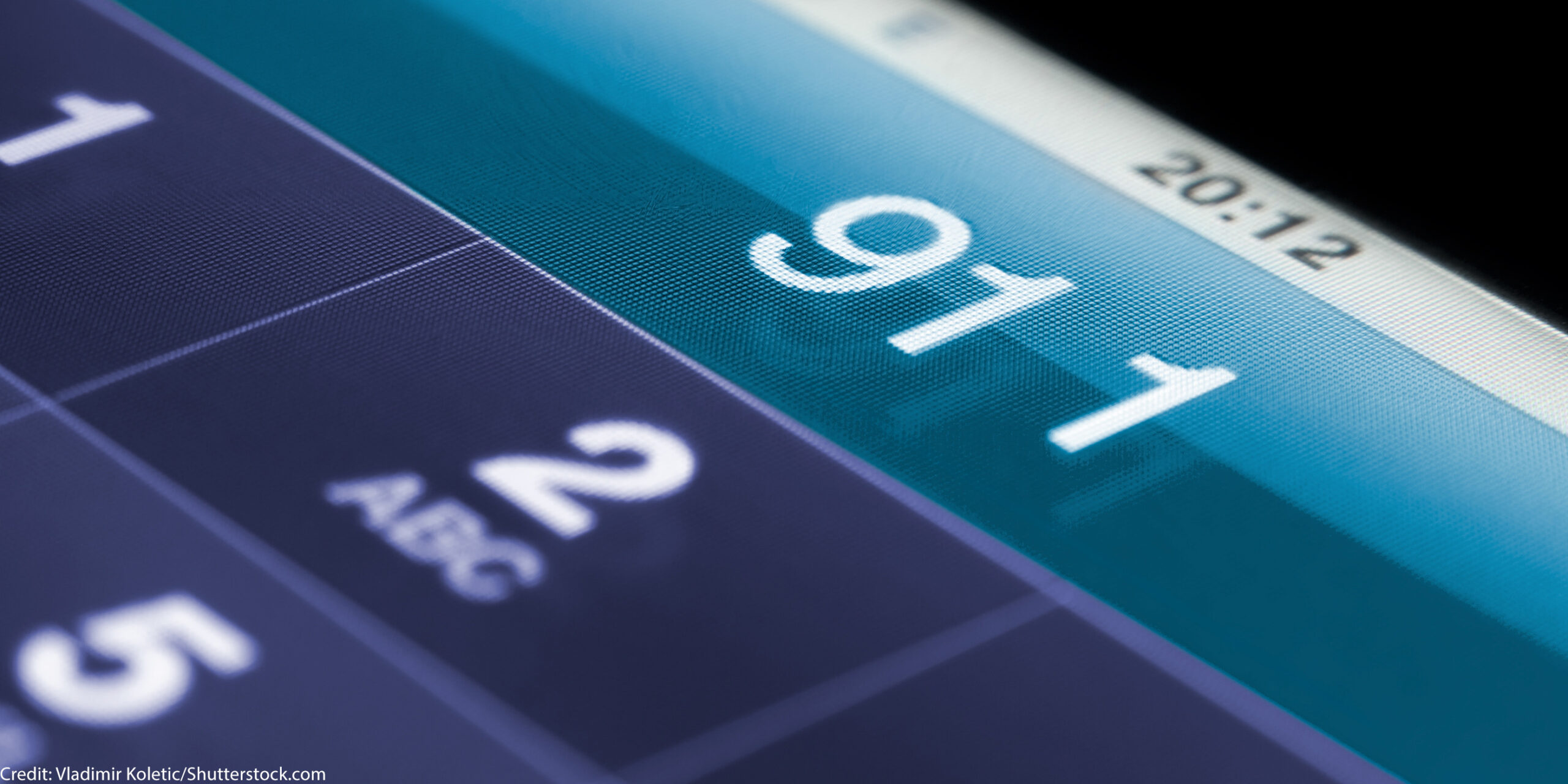Every person deserves equal, effective treatment and safety, especially when in crisis. In such a vulnerable circumstance, people need professionals trained to provide support and care.
But too often, when a person is experiencing a mental health crisis, 911 dispatchers send armed police officers as a default response. We don’t send armed police when someone is experiencing a heart attack, but we do when a person is experiencing suicidal ideation. That doesn’t make sense.
Professor Jessica Gillooly, a former call-taker and expert on 911 dispatch, explains the problem to us this way: “Too often, 911 call-takers send police to calls because of a lack of timely, robust alternatives. The goal should be creating a 911 system that provides call-takers the tools and training to send the right response at the right time.”
The good news is that many jurisdictions have begun to consider incorporating trained civilian crisis responders into their emergency response systems. This approach offers significant improvements for public safety: Routing calls away from the police can reduce police use of force, escalation of situations that could have been stabilized by trained mental health providers, violence against people with disabilities, and unnecessary arrests that entangle people in the criminal justice system.
But that is only half of it.
911 dispatchers make crucial, frontline decisions every day about how to respond to emergencies. They are important partners in ensuring that all community members receive safety and equal treatment. Successful diversion programs require that 911 call-takers are empowered, through adequate technology and training, to make appropriate decisions about when to send crisis response teams instead of the police.
Here are some best practices to revamp emergency response systems:
1. Integrate behavioral health professionals into emergency response systems.
Crisis response teams should have adequate staffing and resources so that they are able to respond in a timely manner to all behavioral health crisis calls. This prevents situations in which 911 call-takers default to police officers because crisis response teams are unavailable.
Trained behavioral health professionals should also staff 911 dispatch centers to stabilize callers while they wait for a team to arrive. One option is for clinicians to be staffed at the dispatch center. Another is to integrate emergency response systems with the new 988 Suicide & Crisis Lifeline.
The American Rescue Plan provides states funding for crisis call centers, crisis response teams, and crisis stabilization centers.
2. Revamp how 911 call-takers are trained.
The training for 911 operators must recognize the costs and safety concerns of unnecessarily sending police officers to situations that they are not trained to handle, including risks of escalation, use of force, infringement on the civil liberties of community members, and resulting entanglement in the criminal justice system.
The training for 911 operators should include examples of questions probing the level of risk posed by the situation the caller describes. For example, if the caller reports an attempted break-in at a residence, as occurred in the arrest of Henry Louis Gates Jr., 911 call-takers should be empowered to ask the caller the basis for assuming that the subject of the call does not live there. The dispatch software should include a way to capture callers’ uncertainty about the level of risk.
For medical emergencies, call-takers often have checklists and question scripts to help standardize patient risk assessments. A similar list of factors to consider would help 911 call-takers decide which first responder to dispatch. Some jurisdictions are already piloting this approach.
3. Develop criteria about when 911 systems must divert certain types of calls to mental health responders.
911 systems must create clear criteria for which situations qualify for behavioral health responses, so that the response doesn’t vary depending on which call-taker answers the phone. Two common examples of incident types that are likely to be appropriate for a crisis response team instead of police officers include a subset of calls about an “emotionally disturbed person” or a “welfare check.”
The 911 system should develop protocols to respond to a caller who specifically asks for a behavioral health response or guide the caller to consider whether their emergency warrants such a response. For example, 911 call-takers in Austin answer calls with the question: “Are you calling for police, fire, EMS, or mental health services?”
Finally, feedback and data collection (while respecting privacy) are important to evaluate performance and areas to improve.
The 911 system is a crucial component of an effective behavioral health crisis response system, which requires someone to call, someone to respond, and somewhere to go. A person experiencing a mental health crisis should be able to call for help with de-escalation, receive on-site assistance from trained mental health professionals, and go to a 24-hour crisis stabilization facility — just as those experiencing physical health crises can. Reforming the 911 system is the first step for a functioning crisis response system. We need to send the right response at the right time.

